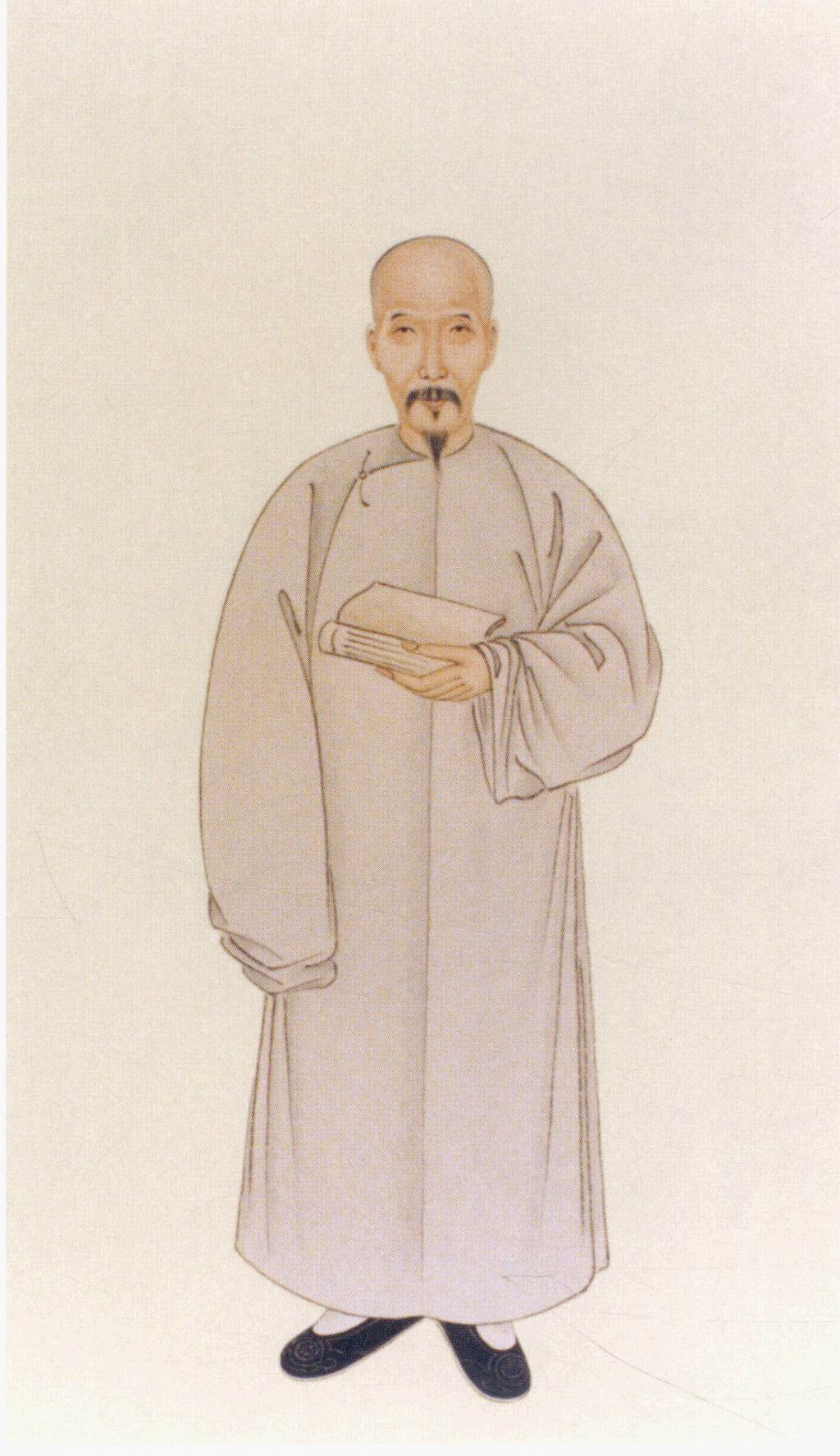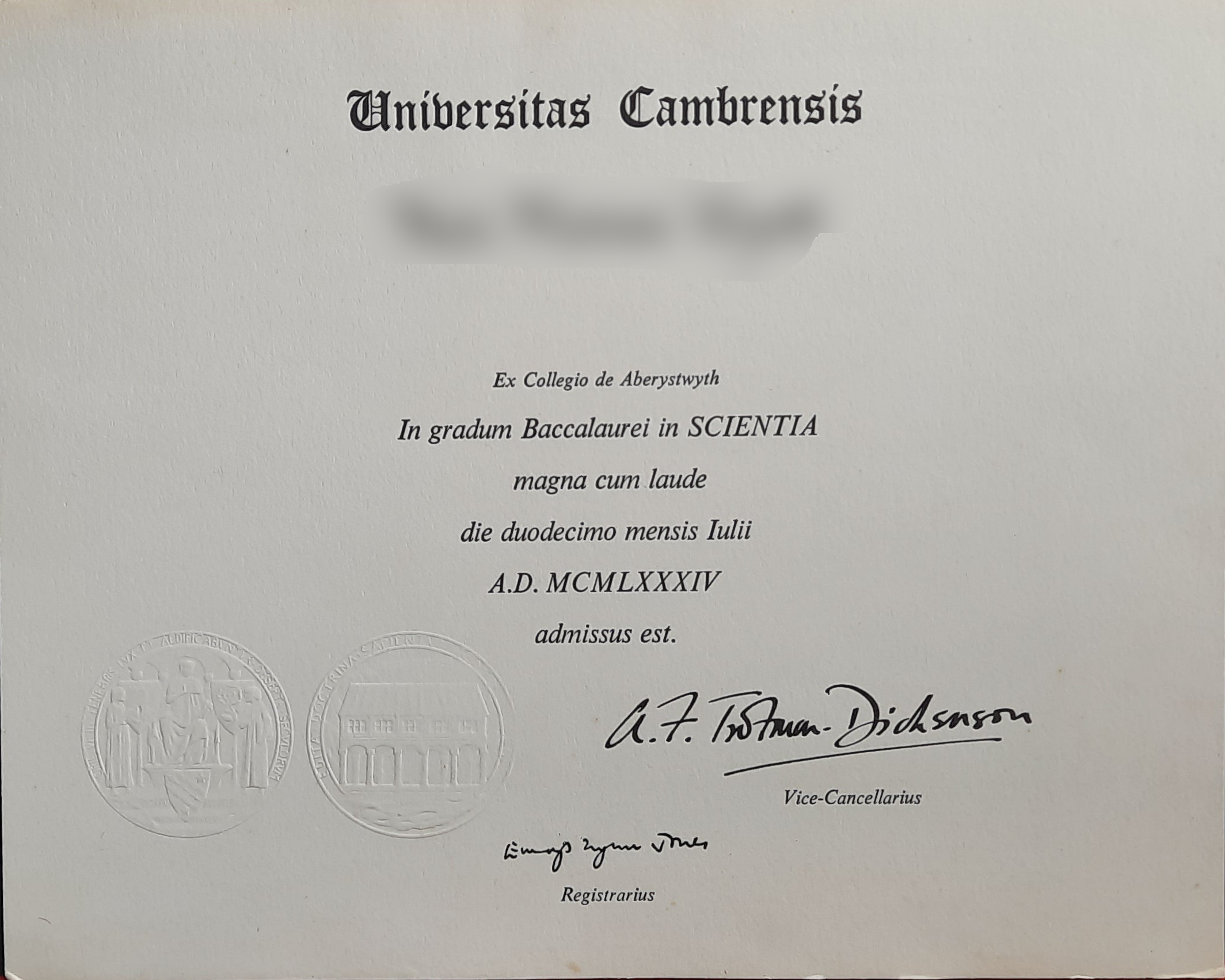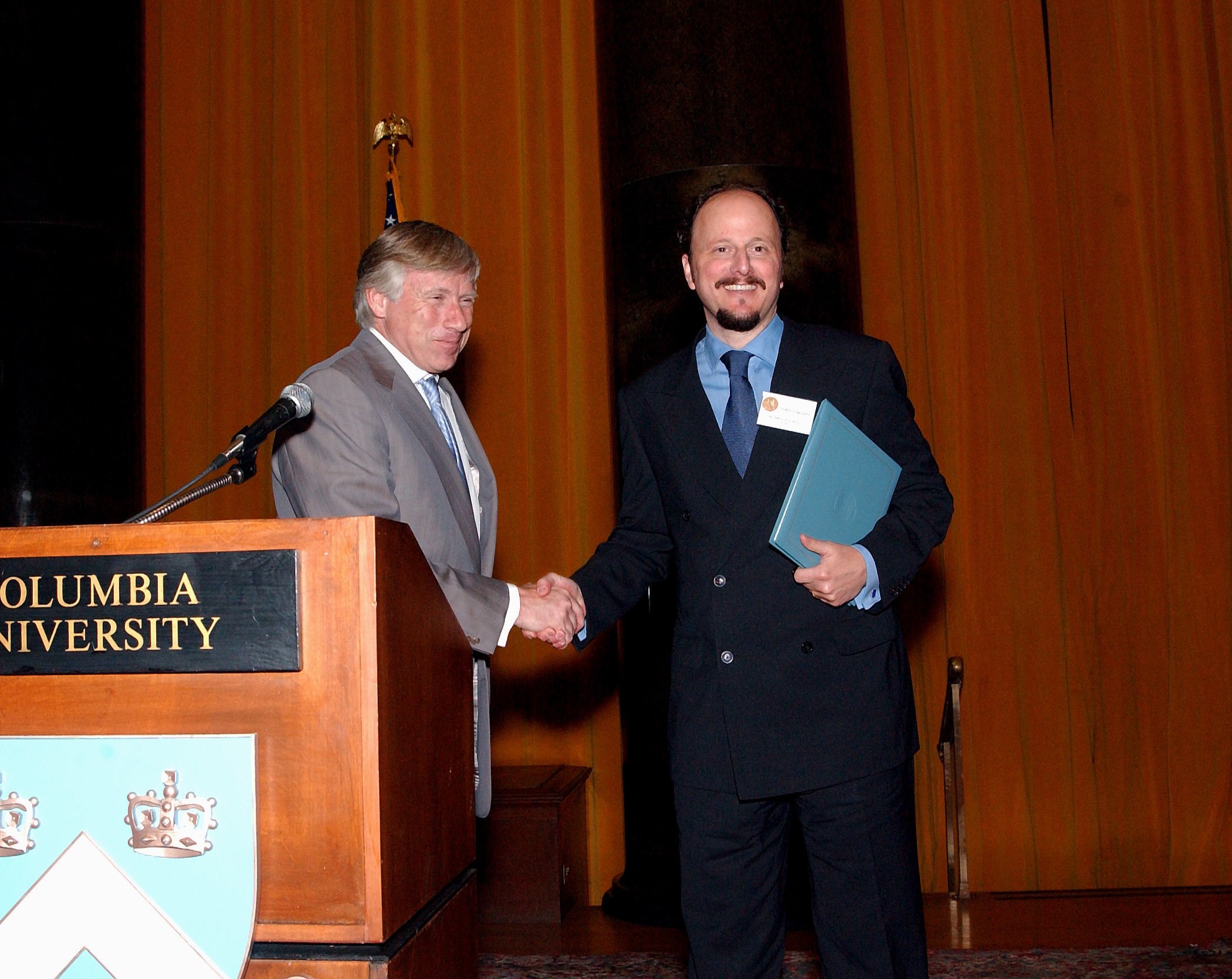|
David Shepherd Nivison
David Shepherd Nivison (January 17, 1923 – October 16, 2014) was an American Sinologist and scholar known for his publications on late imperial and ancient Chinese history, philology, and philosophy, and his 40 years as a professor at Stanford University. Nivison is known for his use of archaeoastronomy to accurately determine the date of the founding of the Zhou dynasty as 1045 BC instead of the traditional date of 1122 BC. Life and career David Shepherd Nivison was born on January 17, 1923, outside of Farmingdale, Maine. His great-uncle, Edwin Arlington Robinson, was a notable 19th-century American poet and a three-time recipient of the Pulitzer Prize. Nivison entered Harvard University in 1940, but, like many American men of his generation, his studies were interrupted by World War II. Nivison served in the United States Army Signal Corps as a Japanese translator, where he worked in a group organized by Edwin O. Reischauer. He returned to Harvard after the war's co ... [...More Info...] [...Related Items...] OR: [Wikipedia] [Google] [Baidu] |
Farmingdale, Maine
Farmingdale is a town in Kennebec County, Maine, United States. The population was 2,995 at the 2020 census. Farmingdale is included in the Augusta, Maine micropolitan New England City and Town Area. History In 1852, Farmingdale incorporated as a town, combining parts of South Hallowell, North Gardiner and East/ West Gardiner. Many businesses existed in Farmingdale, most of them along the Kennebec River. A major business was harvesting and selling ice worldwide. The Knickerbocker Ice Company (the largest ice company in the country), and the Marshall Ice Company had ice-houses at Bowman's Point. The Knickerbocker Ice Company burned in 1894 or 1895 leaving only the chimney that stood until it was demolished in 1911 to make room for the Central Maine Power Plant. Other businesses on the river in Farmingdale included shipyards, brickyards, pottery, and a glue factory. Commercial growth in ensuing years centered in Gardiner, Hallowell and Augusta, while Farmingdale never d ... [...More Info...] [...Related Items...] OR: [Wikipedia] [Google] [Baidu] |
Zhou Dynasty
The Zhou dynasty ( ; Old Chinese ( B&S): *''tiw'') was a royal dynasty of China that followed the Shang dynasty. Having lasted 789 years, the Zhou dynasty was the longest dynastic regime in Chinese history. The military control of China by the royal house, surnamed Ji, lasted initially from 1046 until 771 BC for a period known as the Western Zhou, and the political sphere of influence it created continued well into the Eastern Zhou period for another 500 years. The establishment date of 1046 BC is supported by the Xia–Shang–Zhou Chronology Project and David Pankenier, but David Nivison and Edward L. Shaughnessy date the establishment to 1045 BC. During the Zhou dynasty, centralized power decreased throughout the Spring and Autumn period until the Warring States period in the last two centuries of the dynasty. In the latter period, the Zhou court had little control over its constituent states that were at war with each other until the Qin state consolidated power and forme ... [...More Info...] [...Related Items...] OR: [Wikipedia] [Google] [Baidu] |
Willard Van Orman Quine
Willard Van Orman Quine (; known to his friends as "Van"; June 25, 1908 – December 25, 2000) was an American philosopher and logician in the analytic tradition, recognized as "one of the most influential philosophers of the twentieth century". From 1930 until his death 70 years later, Quine was continually affiliated with Harvard University in one way or another, first as a student, then as a professor. He filled the Edgar Pierce Chair of Philosophy at Harvard from 1956 to 1978. Quine was a teacher of logic and set theory. Quine was famous for his position that first order logic is the only kind worthy of the name, and developed his own system of mathematics and set theory, known as New Foundations. In philosophy of mathematics, he and his Harvard colleague Hilary Putnam developed the Quine–Putnam indispensability argument, an argument for the reality of mathematical entities.Colyvan, Mark"Indispensability Arguments in the Philosophy of Mathematics" The Stanford Encyclopedi ... [...More Info...] [...Related Items...] OR: [Wikipedia] [Google] [Baidu] |
John K
John K may refer to: *John Kricfalusi Michael John Kricfalusi ( ; born September 9, 1955), known professionally as John K., is a Canadian illustrator, blogger, voice actor and former animator. He is the creator of the animated television series ''The Ren & Stimpy Show'', which was ..., Canadian animator and voice actor * John K (musician), American singer See also * John Kay (other) * John Kaye (other) * {{hndis ... [...More Info...] [...Related Items...] OR: [Wikipedia] [Google] [Baidu] |
Zhang Xuecheng
Zhang Xuecheng (; 1738–1801) was a Qing dynasty historian, writer and philosopher. His father and his grandfather had been government officials, but, although Zhang achieved the highest civil service examination degree in 1778, he never held high office. Zhang's ideas about the historical process were revolutionary in many ways and he became one of the most enlightened historical theorists of the Qing dynasty, but he spent much of his life in near poverty without the support of a patron and, in 1801, he died, poor and with few friends. It was not until the late 19th century that Chinese scholars began to accept the validity of Zhang's ideas. His biographer, David Nivison, comments that while his countrymen did not think him a great literary artist, "the infrequent western reader will find his style often both moving and powerful." Zhang developed, Nivison continues, "an organic view of history and the state that approaches Hegelian thought, and then built this view upon and into ... [...More Info...] [...Related Items...] OR: [Wikipedia] [Google] [Baidu] |
Chinese Language
Chinese (, especially when referring to written Chinese) is a group of languages spoken natively by the ethnic Han Chinese majority and many minority ethnic groups in Greater China. About 1.3 billion people (or approximately 16% of the world's population) speak a variety of Chinese as their first language. Chinese languages form the Sinitic branch of the Sino-Tibetan languages family. The spoken varieties of Chinese are usually considered by native speakers to be variants of a single language. However, their lack of mutual intelligibility means they are sometimes considered separate languages in a family. Investigation of the historical relationships among the varieties of Chinese is ongoing. Currently, most classifications posit 7 to 13 main regional groups based on phonetic developments from Middle Chinese, of which the most spoken by far is Mandarin (with about 800 million speakers, or 66%), followed by Min (75 million, e.g. Southern Min), Wu (74 million, e.g. Shangh ... [...More Info...] [...Related Items...] OR: [Wikipedia] [Google] [Baidu] |
Summa Cum Laude
Latin honors are a system of Latin phrases used in some colleges and universities to indicate the level of distinction with which an academic degree has been earned. The system is primarily used in the United States. It is also used in some Southeastern Asian countries with European colonial history, such as Indonesia and the Philippines, although sometimes translations of these phrases are used instead of the Latin originals. The honors distinction should not be confused with the honors degrees offered in some countries, or with honorary degrees. The system usually has three levels of honor: ''cum laude'', ''magna cum laude'', and ''summa cum laude''. Generally, a college or university's regulations set out definite criteria a student must meet to obtain a given honor. For example, the student might be required to achieve a specific grade point average, submit an honors thesis for evaluation, be part of an honors program, or graduate early. Each school sets its own standards. S ... [...More Info...] [...Related Items...] OR: [Wikipedia] [Google] [Baidu] |
Edwin O
The name Edwin means "rich friend". It comes from the Old English elements "ead" (rich, blessed) and "ƿine" (friend). The original Anglo-Saxon form is Eadƿine, which is also found for Anglo-Saxon figures. People * Edwin of Northumbria (died 632 or 633), King of Northumbria and Christian saint * Edwin (son of Edward the Elder) (died 933) * Eadwine of Sussex (died 982), King of Sussex * Eadwine of Abingdon (died 990), Abbot of Abingdon * Edwin, Earl of Mercia (died 1071), brother-in-law of Harold Godwinson (Harold II) *Edwin (director) (born 1978), Indonesian filmmaker * Edwin (musician) (born 1968), Canadian musician * Edwin Abeygunasekera, Sri Lankan Sinhala politician, member of the 1st and 2nd State Council of Ceylon * Edwin Ariyadasa (1922-2021), Sri Lankan Sinhala journalist * Edwin Austin Abbey (1852–1911) British artist * Edwin Eugene Aldrin (born 1930), although he changed it to Buzz Aldrin, American astronaut * Edwin Howard Armstrong (1890–1954), American i ... [...More Info...] [...Related Items...] OR: [Wikipedia] [Google] [Baidu] |
Japanese Language
is spoken natively by about 128 million people, primarily by Japanese people and primarily in Japan, the only country where it is the national language. Japanese belongs to the Japonic or Japanese- Ryukyuan language family. There have been many attempts to group the Japonic languages with other families such as the Ainu, Austroasiatic, Koreanic, and the now-discredited Altaic, but none of these proposals has gained widespread acceptance. Little is known of the language's prehistory, or when it first appeared in Japan. Chinese documents from the 3rd century AD recorded a few Japanese words, but substantial Old Japanese texts did not appear until the 8th century. From the Heian period (794–1185), there was a massive influx of Sino-Japanese vocabulary into the language, affecting the phonology of Early Middle Japanese. Late Middle Japanese (1185–1600) saw extensive grammatical changes and the first appearance of European loanwords. The basis of the standard dialect moved f ... [...More Info...] [...Related Items...] OR: [Wikipedia] [Google] [Baidu] |
United States Army Signal Corps
The United States Army Signal Corps (USASC) is a branch of the United States Army that creates and manages communications and information systems for the command and control of combined arms forces. It was established in 1860, the brainchild of Major Albert J. Myer, and had an important role in the American Civil War. Over its history, it had the initial responsibility for portfolios and new technologies that were eventually transferred to other U.S. government entities. Such responsibilities included military intelligence, weather forecasting, and aviation. Mission statement Support for the command and control of combined arms forces. Signal support includes network operations (information assurance, information dissemination management, and network management) and management of the electromagnetic spectrum. Signal support encompasses all aspects of designing, installing, data communications networks that employ single and multi-channel satellite, tropospheric scatter, terrestrial ... [...More Info...] [...Related Items...] OR: [Wikipedia] [Google] [Baidu] |
World War II
World War II or the Second World War, often abbreviated as WWII or WW2, was a world war that lasted from 1939 to 1945. It involved the vast majority of the world's countries—including all of the great powers—forming two opposing military alliances: the Allies and the Axis powers. World War II was a total war that directly involved more than 100 million personnel from more than 30 countries. The major participants in the war threw their entire economic, industrial, and scientific capabilities behind the war effort, blurring the distinction between civilian and military resources. Aircraft played a major role in the conflict, enabling the strategic bombing of population centres and deploying the only two nuclear weapons ever used in war. World War II was by far the deadliest conflict in human history; it resulted in 70 to 85 million fatalities, mostly among civilians. Tens of millions died due to genocides (including the Holocaust), starvation, ma ... [...More Info...] [...Related Items...] OR: [Wikipedia] [Google] [Baidu] |
Pulitzer Prize
The Pulitzer Prize () is an award for achievements in newspaper, magazine, online journalism, literature, and musical composition within the United States. It was established in 1917 by provisions in the will of Joseph Pulitzer, who had made his fortune as a newspaper publisher, and is administered by Columbia University. Prizes are awarded annually in twenty-one categories. In twenty of the categories, each winner receives a certificate and a US$15,000 cash award (raised from $10,000 in 2017). The winner in the public service category is awarded a gold medal. Entry and prize consideration The Pulitzer Prize does not automatically consider all applicable works in the media, but only those that have specifically been entered. (There is a $75 entry fee, for each desired entry category.) Entries must fit in at least one of the specific prize categories, and cannot simply gain entrance for being literary or musical. Works can also be entered only in a maximum of two categories, ... [...More Info...] [...Related Items...] OR: [Wikipedia] [Google] [Baidu] |





